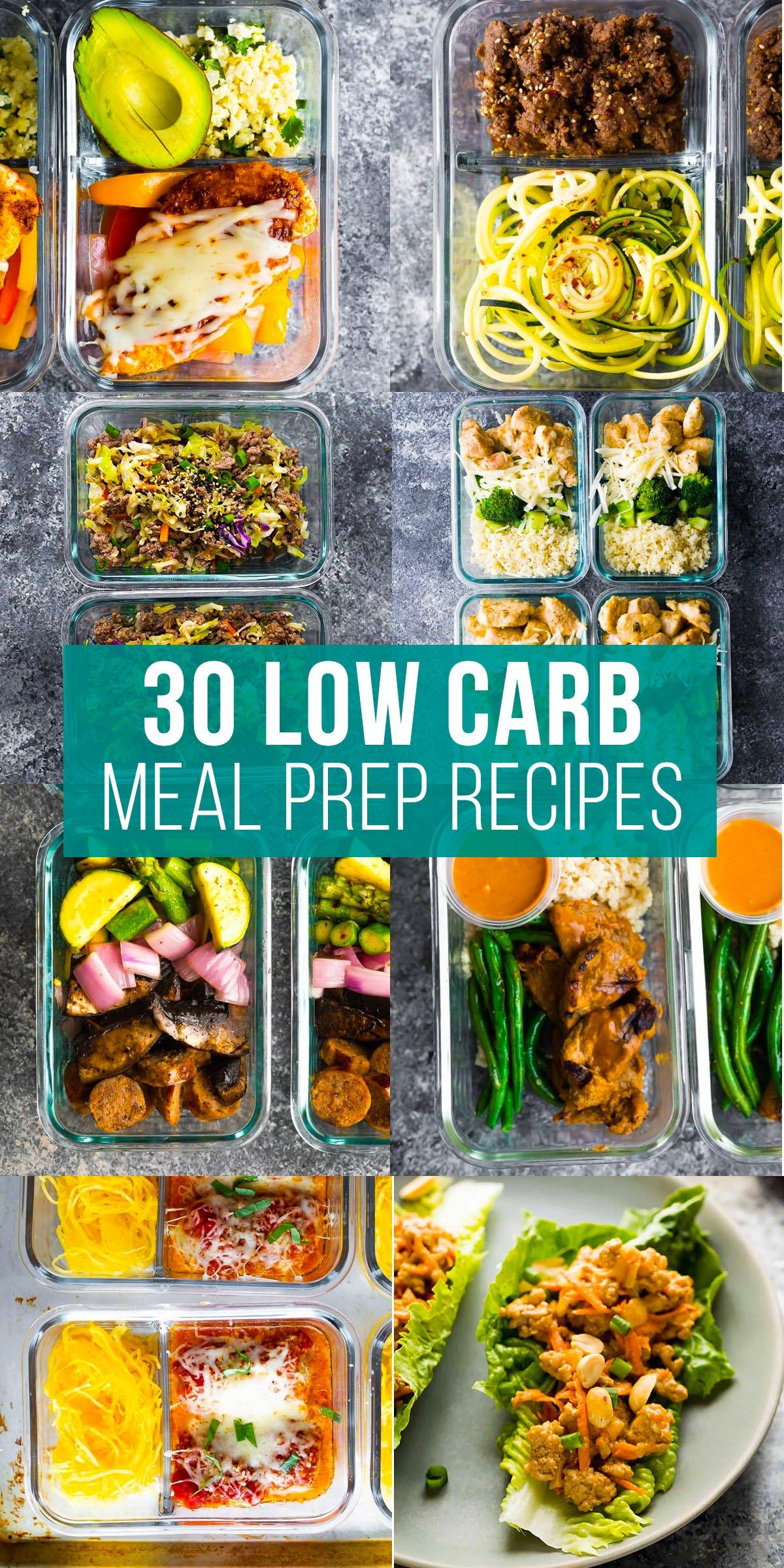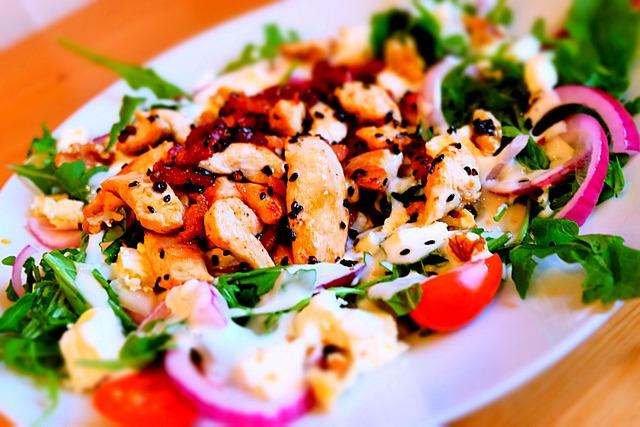In recent years, the low-carb diet has emerged as a popular strategy for weight management and overall health improvement, capturing the attention of fitness enthusiasts and health professionals alike. Despite its popularity, many individuals find themselves grappling with the complexities of effectively implementing this dietary approach. Understanding the science behind carbohydrate restriction and tailoring it to fit individual needs can be the key to unlocking its full potential. This article delves into the analytical framework of a low-carb diet, offering a confident roadmap to help you navigate its principles, adapt it to your lifestyle, and achieve sustainable results. By examining the critical components of a low-carb regimen, we aim to empower you with the knowledge and strategies necessary to make this diet work for you, ensuring not just short-term success but long-term health benefits.
Understanding the Science Behind Low Carb Diets
The core principle of a low carb diet revolves around reducing carbohydrate intake, prompting the body to enter a metabolic state known as ketosis. In this state, the body becomes highly efficient at burning fat for energy. This process is facilitated by a decrease in insulin levels, which not only promotes fat loss but also improves blood sugar control. Research indicates that low carb diets can lead to significant reductions in blood triglycerides and increases in HDL cholesterol levels, contributing to improved heart health. However, it’s crucial to remember that not all carbs are created equal. Prioritizing complex carbohydrates found in vegetables, legumes, and whole grains over simple sugars is essential for maintaining balanced nutrition.
- Ketosis: A metabolic state where fat is used as the primary energy source.
- Insulin Sensitivity: Improved by lower carb intake, leading to better blood sugar management.
- Heart Health: Benefits from improved lipid profiles and reduced inflammation.
Despite its benefits, transitioning to a low carb lifestyle requires thoughtful planning. This involves understanding the difference between net carbs and total carbs, as fiber and sugar alcohols don’t significantly impact blood sugar levels and are often subtracted to calculate net carbs. Additionally, while the diet encourages high protein and fat consumption, it’s important to focus on healthy sources such as lean meats, fish, nuts, and avocados. This ensures that the body receives adequate nutrients while minimizing the intake of unhealthy fats and processed foods. By approaching a low carb diet with a strategic mindset, you can harness its potential to enhance both weight management and overall well-being.

Identifying the Right Foods to Fuel Your Body
When embracing a low carb lifestyle, it’s crucial to choose foods that align with your nutritional goals while keeping you satisfied and energized. Focus on incorporating high-quality proteins and healthy fats into your meals, as these macronutrients are essential for maintaining muscle mass and supporting metabolic processes. Consider adding the following options to your diet:
- Lean Meats: Opt for chicken, turkey, and grass-fed beef, which provide essential amino acids without excess carbohydrates.
- Fish and Seafood: Salmon, mackerel, and sardines are excellent sources of omega-3 fatty acids and protein.
- Nuts and Seeds: Almonds, chia seeds, and flaxseeds offer a crunchy texture and are packed with healthy fats and fiber.
- Non-Starchy Vegetables: Leafy greens, broccoli, and bell peppers are low in carbs but rich in vitamins and minerals.
- Healthy Oils: Incorporate olive oil, coconut oil, and avocado oil for cooking and dressings.
These foods not only keep your carb intake low but also provide the essential nutrients your body needs to thrive. By prioritizing these choices, you can maintain energy levels and promote overall well-being while adhering to a low carb diet.

Crafting a Balanced Meal Plan for Optimal Results
When embarking on a low carb journey, achieving a harmonious balance in your meal plan is crucial to ensure both satisfaction and nutritional adequacy. A well-rounded low carb diet isn’t about deprivation; it’s about making smart, strategic choices that fuel your body efficiently. Begin by focusing on nutrient-dense foods that keep you full and energized. Lean proteins such as chicken, turkey, and fish provide essential amino acids while keeping carbs low. Incorporate a variety of colorful, non-starchy vegetables like spinach, broccoli, and bell peppers to ensure you’re getting ample vitamins and minerals.
- Healthy Fats: Avocados, olive oil, and nuts are excellent sources that promote satiety.
- Low Carb Snacks: Consider cheese, boiled eggs, or a handful of almonds to curb hunger between meals.
- Hydration: Drink plenty of water and consider herbal teas to support metabolism and overall health.
To maximize results, personalize your meal plan by tracking your daily intake and adjusting portions based on your activity level and goals. This attention to detail helps maintain energy levels and supports weight management without compromising nutritional balance. Remember, a successful low carb diet thrives on variety and thoughtful planning, ensuring you never feel restricted while steadily working towards your health objectives.

Overcoming Common Challenges in Low Carb Living
Embarking on a low carb journey can be a rewarding yet challenging endeavor. One of the primary hurdles many face is the adaptation period, often referred to as the “keto flu.” This temporary phase can include symptoms like fatigue, headaches, and irritability as your body transitions from burning glucose to fat. To ease this transition, ensure you’re staying well-hydrated and replenishing electrolytes. Foods rich in potassium and magnesium, such as avocados and leafy greens, can help mitigate these effects.
Another common obstacle is the social aspect of dining. Navigating social gatherings where high-carb foods dominate can be tricky. Prepare by reviewing menus in advance and opting for protein-rich options like grilled meats or salads with olive oil dressing. It can also be helpful to bring a low-carb dish to share, ensuring you have something suitable to eat while introducing others to your lifestyle. By planning ahead and making informed choices, you can enjoy social occasions without straying from your dietary goals.
